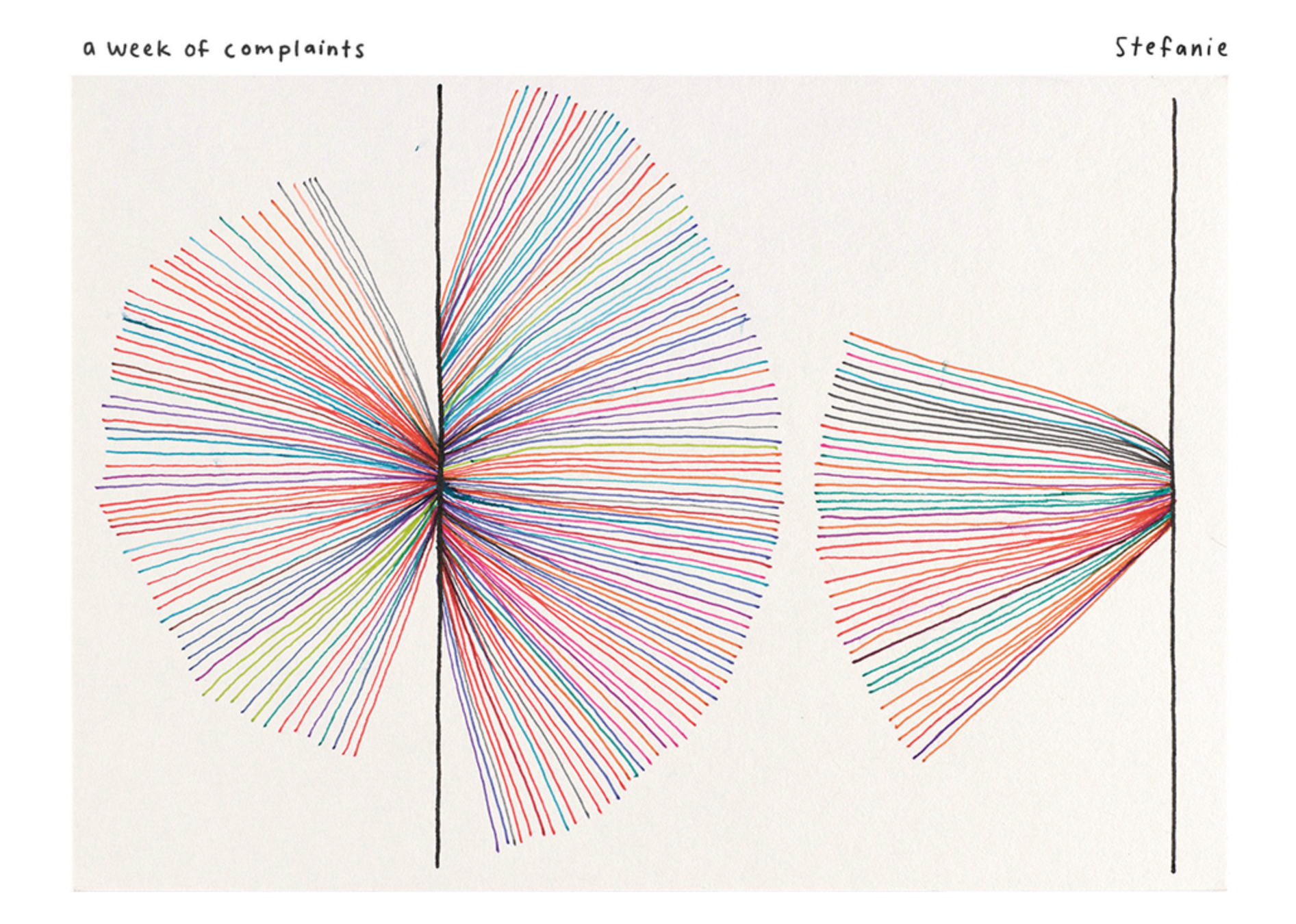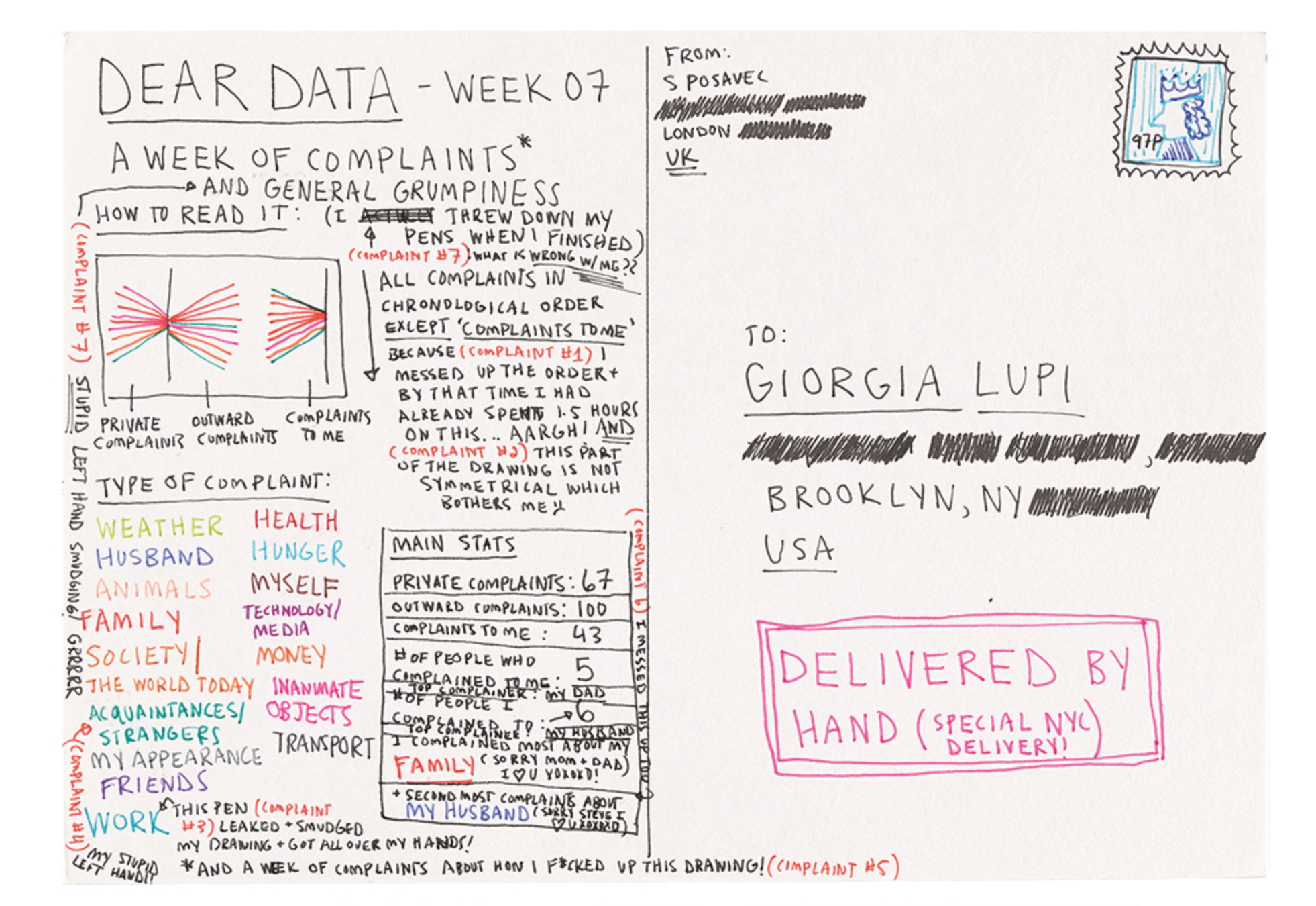Places, data, and understanding:
Doing place-based research
Simon Elichko (they/them)
Social Sciences & Data Librarian
What does data represent?


What can we learn about?
groups of people
neighborhoods
cities
metropolitan areas
counties
states
}
geographies
When should we place limits?
Considerations:
• Identifiability
• Sensitivity
• Risk
(ethical practice + data use)
Throughout the process:
• Collecting
• Curating (describing)
• Representing (analysis)
• Sharing (publishing)
Where can you look for data?
Sources of data
- Easiest to most difficult
- Tradeoff between ease and flexibility/control
-
Published statistics from reports, news
-
Curated data tools
// e.g. Social Explorer and Policy Map -
Creating custom data tables
// e.g. Data.Census.gov -
Working with raw data & microdata
// e.g. Integrated Public Use Microdata (IPUMS)
Research guide: bit.ly/data-stats-swat-libraries
Understanding Census tract numbers

• Changes over Time
• Interesting Factoids
• Surprising Connections
• Personal Experiences
• Revealing Comparisons

Getting help with data & research
Meet with Simon
Schedule at bit.ly/selichk1
Email them at selichk1@swarthmore.edu
(including if you need an alternative meeting time)
Use the chat in Tripod to get help from librarians and Research & Information Associates (RIAs).
You can also email librarian@swarthmore.edu.
Places, data, and understanding
By Swarthmore Reference
Places, data, and understanding
- 349




